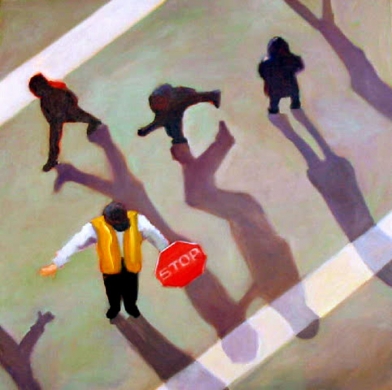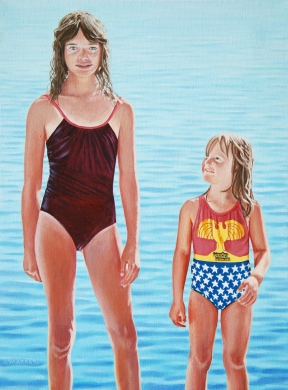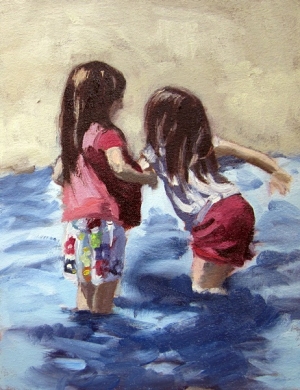In the wake of the recent school shooting tragedy at Newtown, CT, a grief counselor interviewed on television mentioned that one of the ways to help children cope with events they are still too young to grasp intellectually or express verbally was through art. When words fail, sometimes drawing what they saw and how they feel about it is the only way to begin the healing process.
The urge to express ourselves in one way or another is one of the most basic and universal of human traits. For various reasons, under certain circumstances, language can be a frustrating means of communicating difficult states of mind. In good times and bad, art has long provided an outlet for self-expression. And with self-expression comes not only relief for the person expressing themselves, but a connection to anyone who experiences it.
Art is often seen as the playground of the privileged, a luxury item, and the creation of artworks a kind of exercise in self-indulgence. In some cases, this can sadly be an accurate assessment, but in most cases creativity is something we all can share, whether in the making or the enjoying of art. Art doesn’t need to have an obvious message to teach us something, and it does not have to carry a famous name or million dollar price tag to enrich our lives.
I think of all the childhood drawings mounted on refrigerators with as great pride and prominence as a masterpiece hanging in a museum. They seem to say not only “look what I made” but “here, I made this for you.” The drawings that will be made in the weeks and months to come in Sandy Hook may not be pleasant, but they will be the start of conversations too difficult for words, and they too will be art.
Brian Sylvester is a guest blogger on WallSpin, and an artist on Zatista.
Related articles











Comments (0)